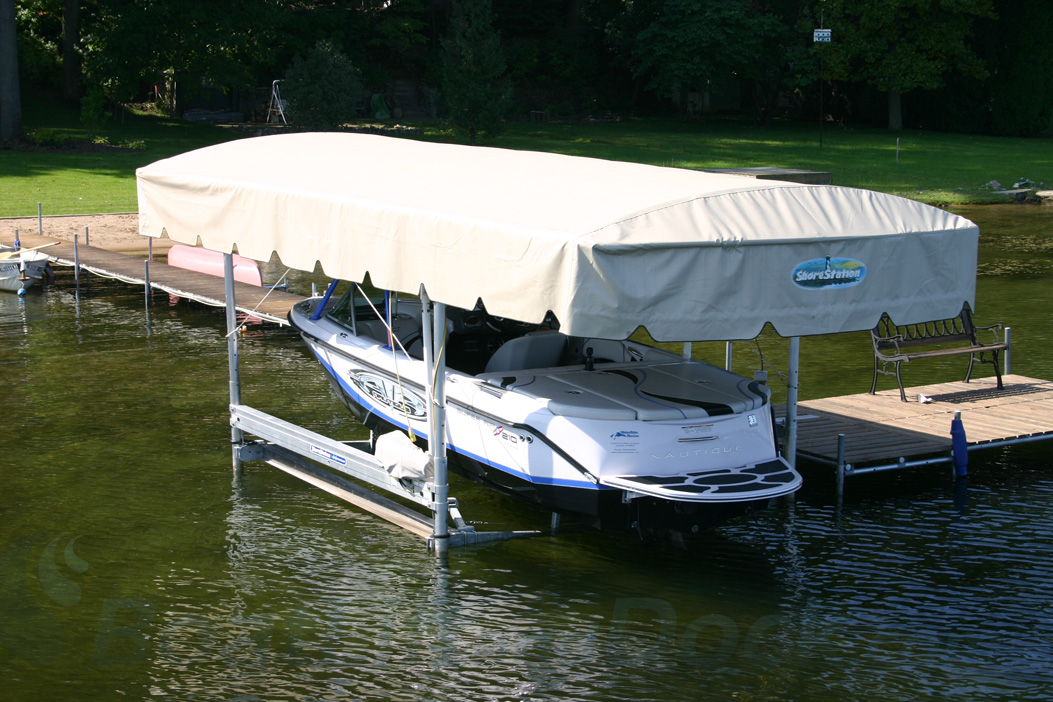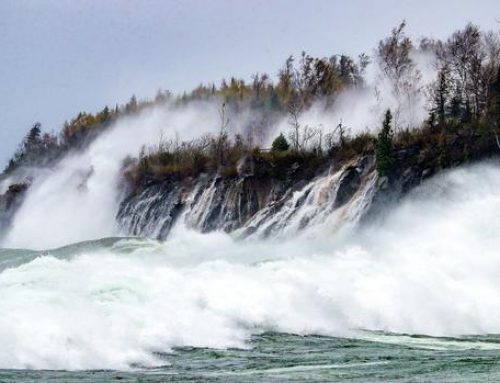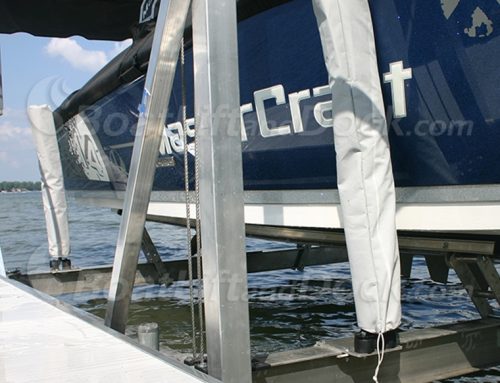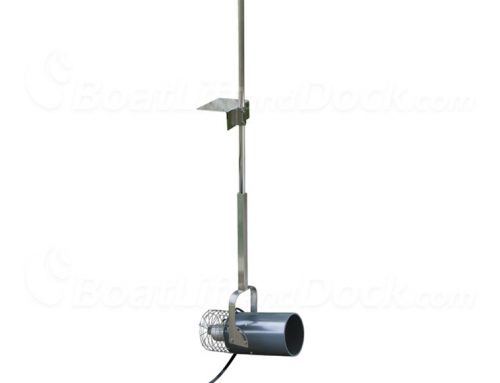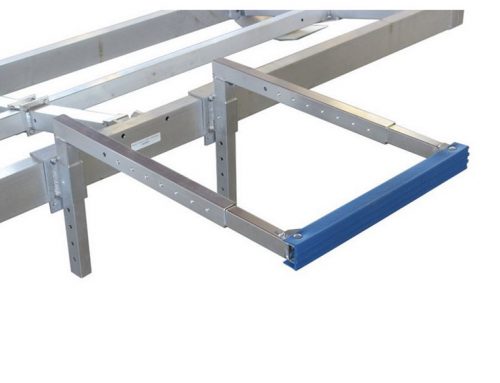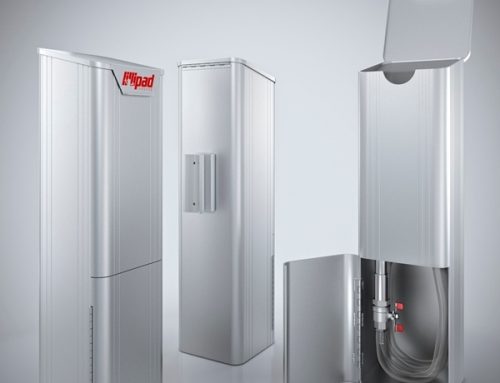When it comes to choosing a freestanding lift or hoist for your boat, pontoon or PWC , there are a few things you will need to know to ensure you purchase a lift that works best with your watercraft. Knowing the overall weight and beam of your boat is the best place to start. This will allow you to choose the correct weight capacity and the correct inside width.
Finding the Overall Weight
When determining the overall weight of a watercraft, you will need to account for the dry weight of the unit, fuel, gear, the weight of any non factory additions and additional water on board. This will give you a more accurate weight allowing you to choose the correct lift capacity.
- The dry weight of a watercraft is usually provided in the brochure or specification sheet for the unit. Another great resource for this information is www.NADAGuides.com. The dry weight provide usually does not account for outboard motors.
- Depending on the temperature, type and blend, gasoline weighs 5.91 to 6.42 lbs (2.69 to 2.91 kg) per gallon. With this information and the capacity of your fuel tank, you can determine how much a full talk of gas will add to your boats overall weight.
- Take a look at everything stored in your boat…skis, wakeboards, anchors, etc. You will need to account for the weight of these items also.
- Non factory additions would be anything added to your watercraft that was not installed from the factory like wakeboard towers, bimini tops or additional seating.
- Water weighs 8.34 lbs (3.79 kg) per gallon. Account for any live wells, ballasts or sacks that may be full when lifting your watercraft.
Once you have found the weight of your boat, pontoon or PWC and everything in it, you can then determine the correct boat lift weight capacity needed for your watercraft.
Finding the Beam
You will then want to find the beam. The beam of a boat, pontoon or PWC is the most extreme width or breath of the watercraft. Basically the widest portion of your boat. You can then determine the inside width needed to easily park your boat on the lift. It is a good idea to give yourself at least a 10” to 12” cushion.
Know the Lake Bottom
Once you have found the weight capacity and max beam needed for your boat, knowing the area the boat lift will be installed is very helpful.
- You will want to know the depth of the water where the lift will sit. There is about a 10′ spread between the front and rear feet. Getting measurements for where both the front and rear feet will sit is a good idea. Freestanding lifts work best in depths between 2′ and 9′ of water depending on your boat and the lift set-up.
- You will also want to know whether the bottom is solid or soft. Freestanding lifts can be place is lakes with soft bottoms, but it can require more work to get them level. If you find that your lake bottom is to deep or to soft to install a freestanding lift, there are lifts that can be mounted to a dock, a seawall or even pilings.
You now should have enough information to choose a freestanding lift for your boat.
© 2013 BoatLiftandDock.com

